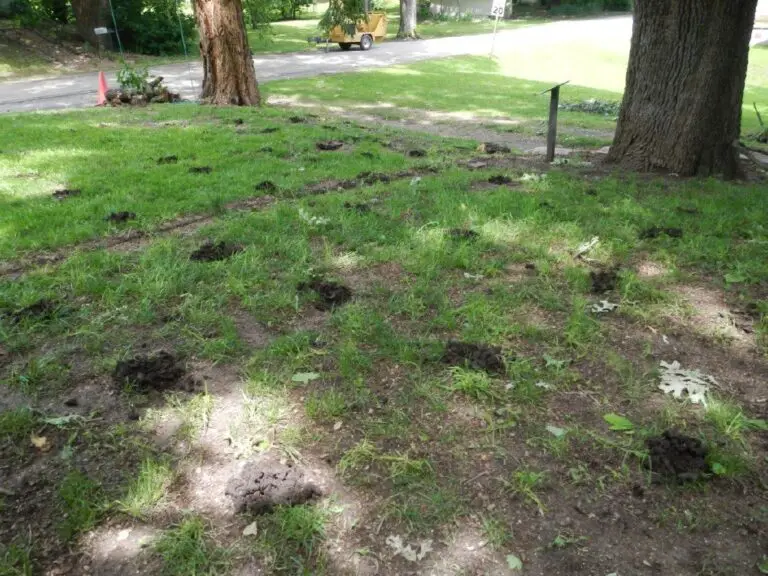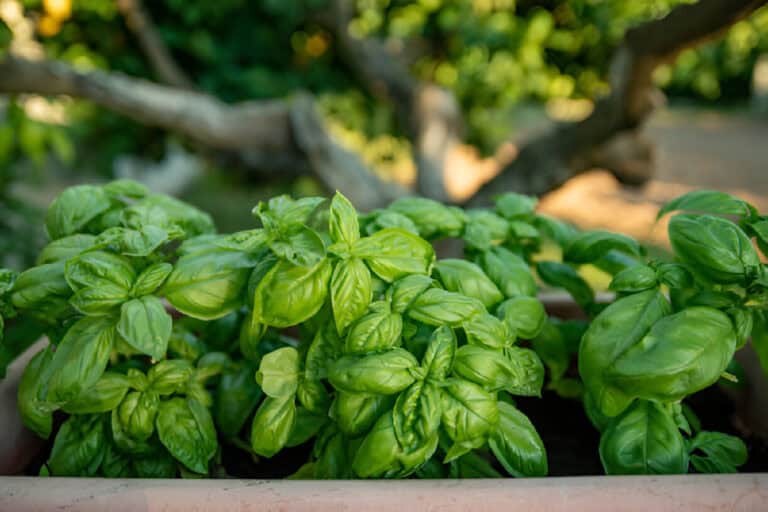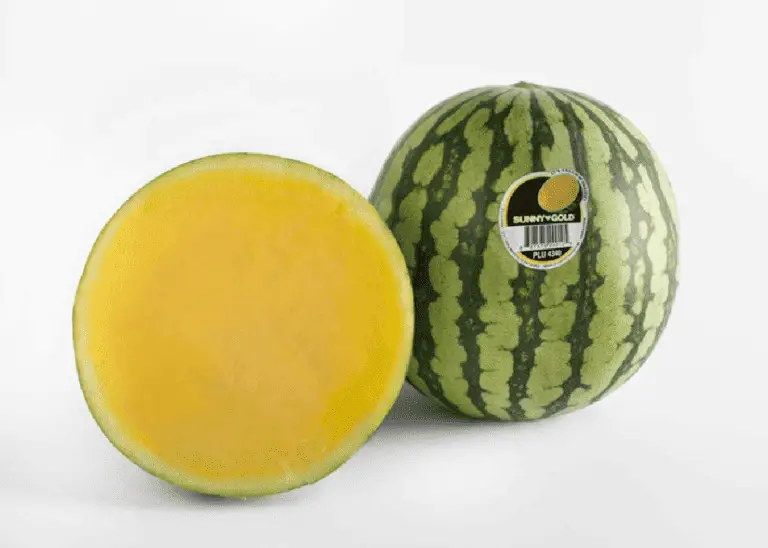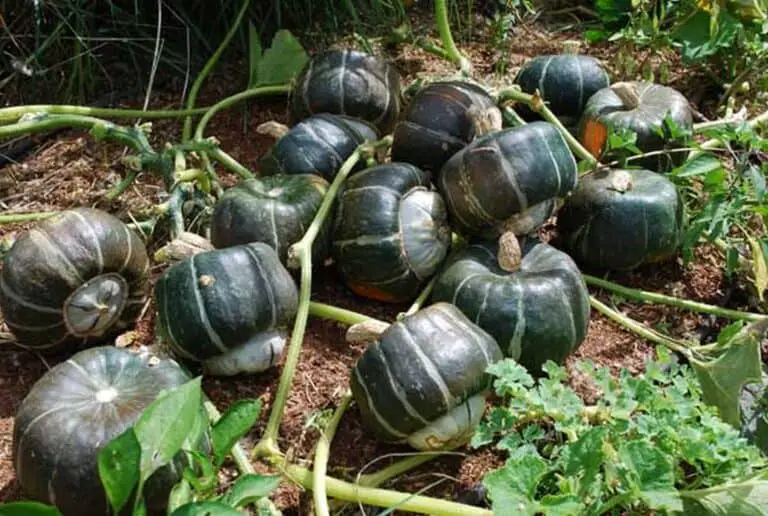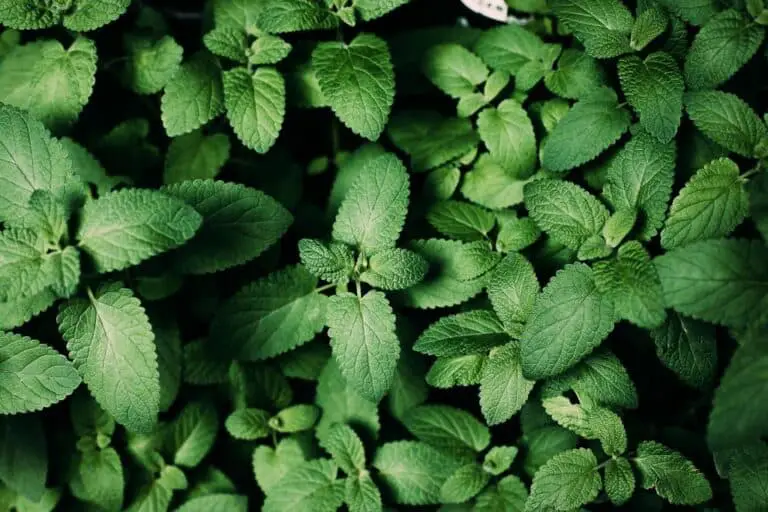What Is the Difference Between Vertical and Horizontal Hydroponic Farming?

Hydroponic farming has gained immense popularity in recent times as a way to produce food in an efficient and sustainable manner. With the increasing demand for fresh produce, hydroponic farming offers a solution that requires less water, space, and resources than traditional agriculture.
When it comes to hydroponic farming, there are two main types: vertical and horizontal. In this article, we will explore the differences between these two methods and their advantages and disadvantages. In addition to that, we will look at the advantages and disadvantages of modern farming.
Hydroponic Farming: An Overview
Hydroponic farming is a method of growing plants in nutrient-rich water instead of soil. This method is gaining popularity due to its many benefits, including higher yields, faster growth, and the ability to grow crops all year.
In hydroponic farming, plants are grown in a controlled environment, where the temperature, light, and nutrient levels can be adjusted to optimize growth.
There are two main types of hydroponic farming: vertical and horizontal. While both methods share the same principles of growing plants in water, there are significant differences between the two.
Horizontal Hydroponic Farming
Horizontal hydroponic farming, also known as flatbed hydroponics, is a method in which plants are grown on a horizontal plane. The plants are placed in containers that are arranged in rows on a flat surface. The containers can be made of different materials, including plastic, metal, or even concrete.
The nutrient solution, which contains all the necessary minerals and nutrients required by the plants, is pumped into the containers, where the plants absorb it through their roots. The solution is then recirculated back to the reservoir to be reused.
Vertical Hydroponic Farming
Vertical hydroponic farming, also known as tower farming, is a method in which plants are grown on a vertical plane. The plants are placed in containers that are stacked on top of each other, forming a tower. The containers can be made of different materials, including plastic, metal, or even fabric.
The nutrient solution is pumped into the top container and then drips down through the other containers, where the plants absorb it through their roots. The solution is then recirculated back to the reservoir to be reused.
Comparison Between Vertical and Horizontal Hydroponic Farming
| Horizontal Hydroponic Farming | Vertical Hydroponic Farming | |
| Space | Requires more space | Requires less space |
| Yield | Lower yield per square foot | Higher yield per square foot |
| Water usage | Less water usage | More water usage |
| Energy usage | Less energy usage | More energy usage |
| Equipment | More equipment and infrastructure required | Less equipment and infrastructure required |
| Crop loss | Higher risk of crop loss | Lower risk of |
| Maintenance | Requires more maintenance | Requires less maintenance |
| Growing conditions | More precise control over growing conditions | More difficult to maintain proper growing conditions throughout the entire tower |
Advantages and Disadvantages of Vertical Hydroponic Farming
There are many advantages to using vertical hydroponic farming over traditional farming methods. Some of the key advantages include:
- Higher yields: Vertical hydroponic farming can produce up to 10 times the amount of crops compared to traditional farming methods.
- Faster growth: Plants grown in a vertical hydroponic system grow faster than those grown in soil, resulting in higher crop yields.
- More efficient use of space: Vertical hydroponic farming allows for the cultivation of a large number of plants in a small space, making it ideal for urban environments.
- Reduced water usage: Vertical hydroponic farming uses up to 90% less water than traditional farming methods.
While there are many advantages to vertical hydroponic farming, there are also some disadvantages to consider. Some of the key disadvantages include:
- Higher initial cost: Vertical hydroponic farming requires a significant investment in equipment, such as pumps, lights, and racks, which can be expensive.
- Requires more maintenance: The automated systems used in vertical hydroponic farming require more maintenance and monitoring to ensure that the plants are receiving the proper amount of water and nutrients.
- Limited plant size: The size of the plants that can be grown in a vertical hydroponic system is limited by the height of the racks. This may not be suitable for some crops.
Advantages and Disadvantages of Horizontal Hydroponic Farming
There are also many advantages to using horizontal hydroponic farming over traditional farming methods. Some of the key advantages include:
- Higher yields: Horizontal hydroponic farming can produce up to 10 times the amount of crops compared to traditional farming methods.
- Faster growth: Plants grown in a horizontal hydroponic system grow faster than those grown in soil, resulting in higher crop yields.
- More control over the growing environment: With horizontal hydroponic farming, growers have more control over the temperature, light, and nutrient levels, resulting in healthier plants and higher crop yields.
- Reduced water usage: Horizontal hydroponic farming uses up to 90% less water than traditional farming methods.
Similarly, there are also some disadvantages to horizontal hydroponic farming. Some of the key disadvantages include:
- Requires more space: Horizontal hydroponic farming requires a relatively large flat surface for growing the crops. This may not be feasible in urban environments where space is limited.
- More susceptible to disease: Since the plants are grown on a flat surface, there is a higher risk of disease spreading from one plant to another.
- Higher energy costs: Horizontal hydroponic farming requires more energy for lighting and temperature control, which can result in higher energy costs.
Which One is Right for You?
The choice between vertical and horizontal hydroponic farming depends on several factors, including available space, desired yield, and available resources.
If you have limited space and want to maximize your yield, vertical hydroponic farming may be the better option. However, if you have more space and want to minimize your water and energy usage, horizontal hydroponic farming may be a better choice.
It is also essential to consider the initial investment required, as well as the ongoing maintenance costs. Horizontal hydroponic farming may require more equipment and infrastructure, but it may be more cost-effective in the long run. On the other hand, vertical hydroponic farming may require less equipment and infrastructure, but it may be more challenging to maintain over time.
What Plants Grow Best in Hydroponic Systems?
A wide range of plants can be grown in hydroponic systems, including vegetables, fruits, herbs, and flowers. Some of the most commonly grown plants include lettuce, tomatoes, peppers, strawberries, and herbs like basil and mint. The key to success in hydroponic farming is to choose plants that are well-suited to the growing environment, such as those that do not require a lot of space and are not too sensitive to changes in temperature or humidity.
How Much Does It Cost To Start a Hydroponic Farm?
The cost of starting a hydroponic farm can vary widely, depending on the size and scale of the operation. A small-scale hydroponic farm can be started for a few thousand dollars, while larger commercial operations can cost several hundred thousand dollars or more. The key costs to consider include equipment such as pumps, lighting, and racks, as well as the cost of the nutrient solution and other supplies. It is important to carefully consider the costs and potential returns before investing in a hydroponic farming operation.
Conclusion
In conclusion, both vertical and horizontal hydroponic farming have their advantages and disadvantages. The choice between the two methods depends on several factors, including available space, desired yield, and available resources.
Hydroponic farming, in general, is a sustainable and efficient way to produce food, and it is becoming increasingly popular as a way to address the challenges of traditional agriculture. Whether you choose vertical or horizontal hydroponic farming, it is an excellent way to produce fresh and nutritious produce while conserving resources and minimizing environmental impact.


